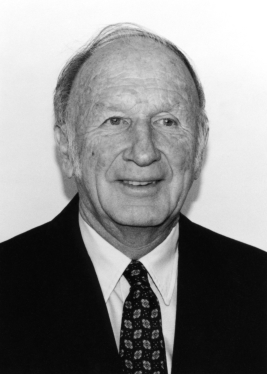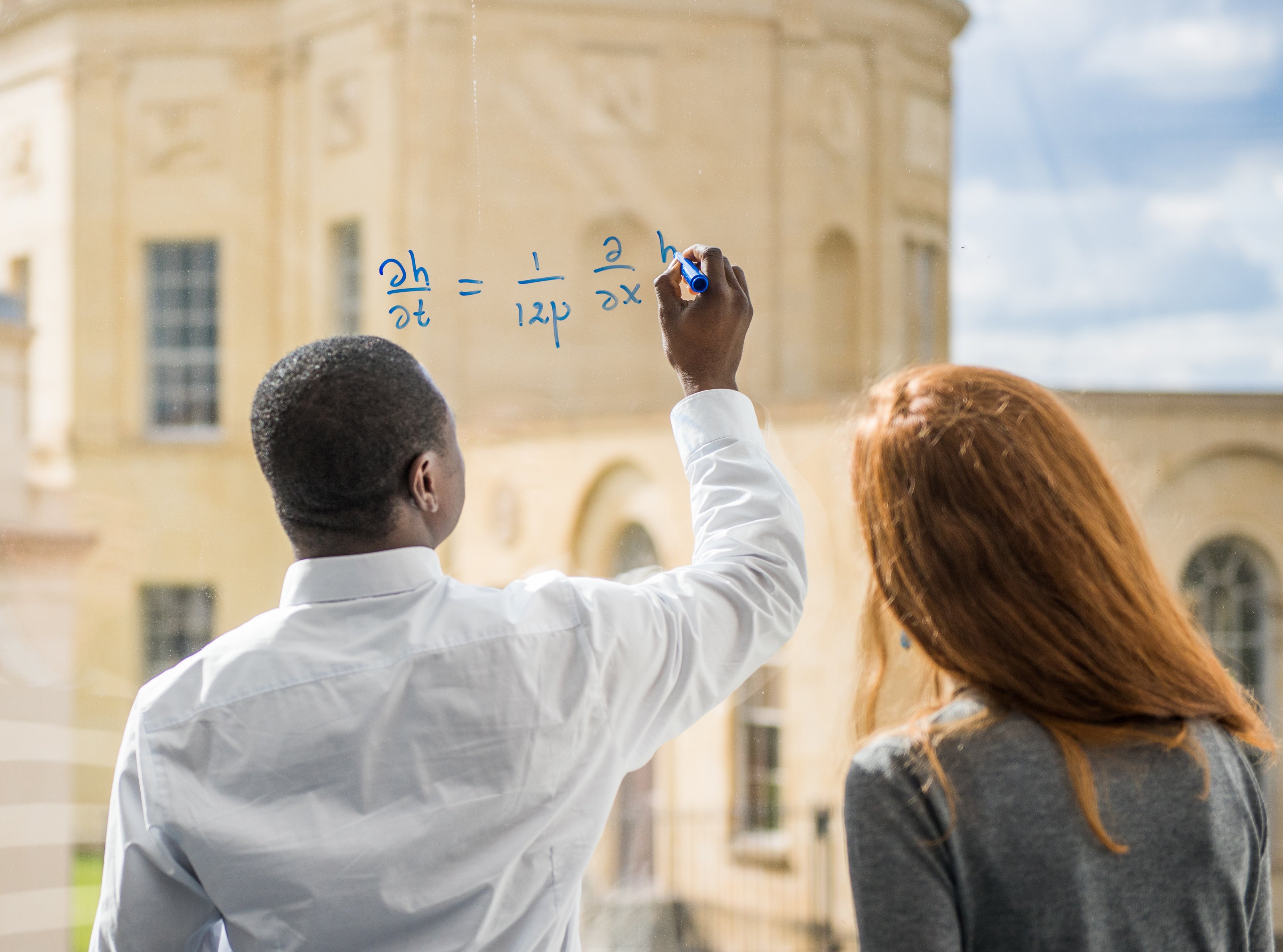Thu, 12 Jun 2025
14:30 -
16:00
C1
Nicolas Michel
(Isaac Newton Institute, University of Cambridge & Open University)
German mathematician Eduard Study (1862-1930) was an outspoken critic of several emerging trends in modern mathematics at the turn of the century. Intuitionism, he argued, was in the process of eliminating the very notion of truth at the core of any serious scientific endeavour, whereas axiom-obsessed formalists engaged in a mere game of symbols, thereby losing sight of what really grants meaning and value to mathematical concepts. In rejecting both approaches, Study sought to maintain that mathematics was a science formed of freely-created concepts yet still possessed a specific form of objectivity, whose exploration crucially relied on the careful construction of symbolic languages.
To disentangle these claims, this talk will delve into Study's unpublished, philosophical essay on the foundations of analysis, and compare it to the mathematical practice espoused in his 1903 Geometrie der Dynamen, a landmark volume in the history of kinematics.
From Physics-Informed Machine Learning to Physics-Informed Machine Intelligence: Quo Vadimus? - Prof. George Em Karniadakis (Brown University)
L1, 4pm today, 23 May
Benjamin has proved a longstanding problem about the limits of addition which Erdös posed in a 1965 paper.
You can read about his work showing how, in any set composed of integers, there's a large subset of numbers that must be sum-free, in this article from the excellent Quanta magazine.
Welcome to the Week 4 Bulletin! See below for all relevant news and announcements.
To suggest an item for a future bulletin, please email @email.
Born on this day: American mathematician Edward Norton Lorenz




